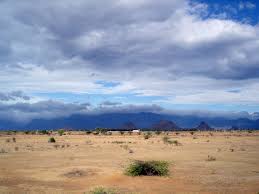Managing climate risk with a seasonal forecast tool

by Laurissa Smith (ABC NSW)

At this time of year, certain weather forecasts give farmers a better idea of how to plan for the year ahead.
Some climate models help producers manage their feed, livestock numbers, or decide what crops to plant.
But how useful are these seasonal forecasts and where can the Bureau of Meteorology (BoM) make improvements to their predictions?
In the national Managing Climate Variability Program, farmers from across the country have been given the opportunity to give the BoM their honest feedback.
Twenty “Climate Champions” from a range of agricultural industries, have been trialling the BoM’s early research products and talking to climate scientists about the information they need to manage risks on their farms.
The interaction between farmers and the BoM is designed to improve the accuracy and value of forecasting tools and potentially influence future climate studies.
Gillian Taylor is a beef farmer near Albury in southern New South Wales, she said the partnership was extremely useful.
At this time of year, certain weather forecasts give farmers a better idea of how to plan for the year ahead.
“They get a lot out of talking to us too, because they don’t see what issues are relevant to us in how important frost is, or how important rainfall predictions are, with offloading stock or putting a crop in,” she said.
“They understand it, but I don’t think they really understand it until they talk face to face and see how we react to these decisions they’re making on computers.”
BoM senior research scientist Harry Hendon said the bureau want to improve their forecast predictions.
“The feedback from the Climate Champions is always positive and always motivates us to do better.”
The Climate Champions Managing Climate Variability Program is supported by a range of rural research and development organisation and is in its second year of a three year funding cycle.
Original article appeared on ABC NSW (link)
